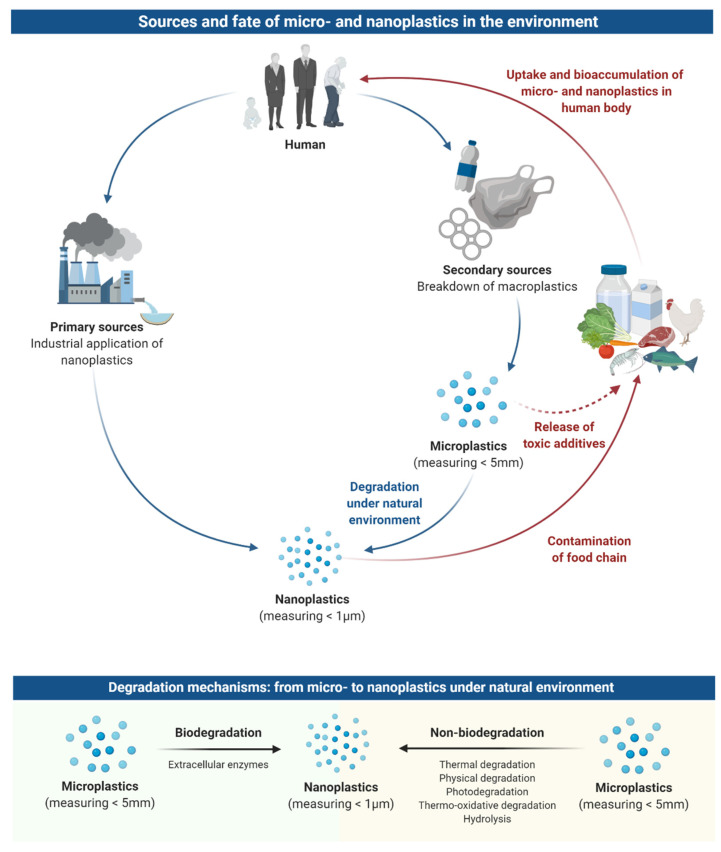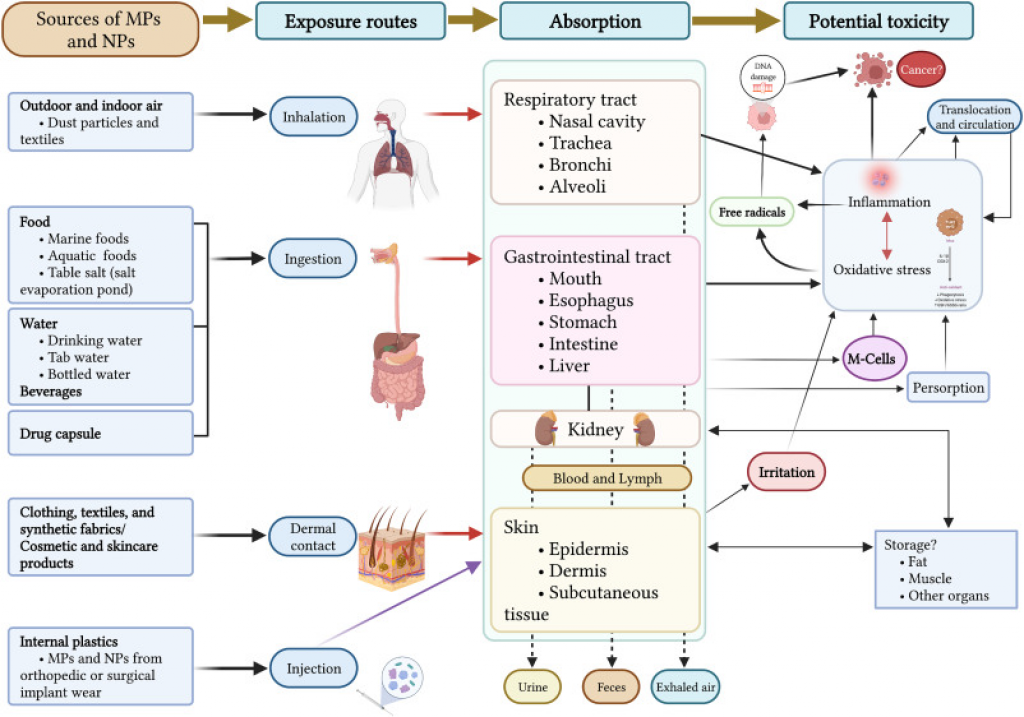Free Courses Sale ends Soon, Get It Now


Free Courses Sale ends Soon, Get It Now



Disclaimer: Copyright infringement is not intended.
Context:
What are microplastics and nanoplastics:
Sources of microplastics:

Exposure Pathways

Potential health risks of microplastics:
Gastrointestinal and urinary tract system
Respiratory tract system
Blood and immune system
Brain and nervous system
Embryos and placental barrier
Way Ahead:
The 3R’s +E Strategy:
Conclusion:
Source:
|
PRACTICE QUESTION Q) Discuss the exposure pathways and potential health risks associated with microplastics and nanoplastics, emphasizing their ingestion, inhalation, and dermal contact. Also, elaborate on the key areas of concern regarding health risks and propose a comprehensive strategy to address the issue. ( 250 Words) |
© 2024 iasgyan. All right reserved